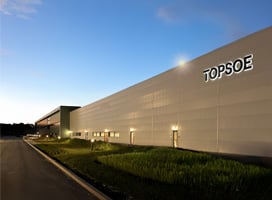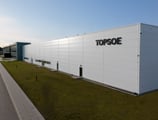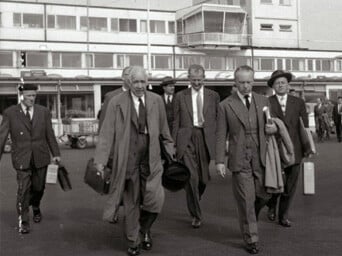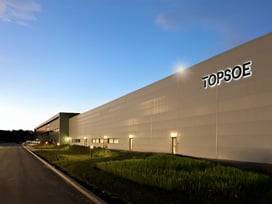Sulfuric acid is a widely used chemical found in numerous production processes, including fertilizer, metals, petrochemical, and oil refining.
As we write this, the sulfuric acid market is characterized by increasing demand. Profit margins are slim, and plants that want to succeed need feedstock flexibility, high conversion rates, low energy consumption, and high reliability. They must also meet increasingly strict limits on SO2 emission. This means operators must adjust their strategies to achieve more with less, and lower emissions to reduce the impact of their operations on the environment and society.
Our sulfuric acid catalyst range and comprehensive service offerings can help any plant win in today’s market.
Knowledge & insights
Featured topics
-
Featured
.png) Topsoe Academy™ Topsoe Academy™ is your chance to tap into over 80 years of accumulated knowledge Find out more
Topsoe Academy™ Topsoe Academy™ is your chance to tap into over 80 years of accumulated knowledge Find out more -
 Discover how we meet the new energy reality to drive a sustainable future. Read
Discover how we meet the new energy reality to drive a sustainable future. Read
Solutions
Back
Solutions
Industries
-
Offerings
- Technologies
- Services
- Catalysts
- Power-to-X
News & events
Back
News & events
Careers
-
 If you’re ready to work alongside inspiring people like Hadise, Go solve at Topsoe.A place to make an impactRead
If you’re ready to work alongside inspiring people like Hadise, Go solve at Topsoe.A place to make an impactRead











.png?width=1440&name=Tip%20the%20scales%20with%20the%20new%20sulfuric%20acid%20catalyst%201%20(1).png)







